
|
Trees adorn nature with natural growing structures that come in all shapes, sizes, and colored productions. Apart from providing animals and humans with fruits and seeds, trees purify the world's air with oxygen, shelter us from the elements, and offer a home to plenty of creatures. Trees are silent, humble and not at all demanding once they are all grown, however they have some understated abilities, that we often overlook. The following facts will make you ponder the curious power of these magnificent living giants. |
1. Trees can explode |
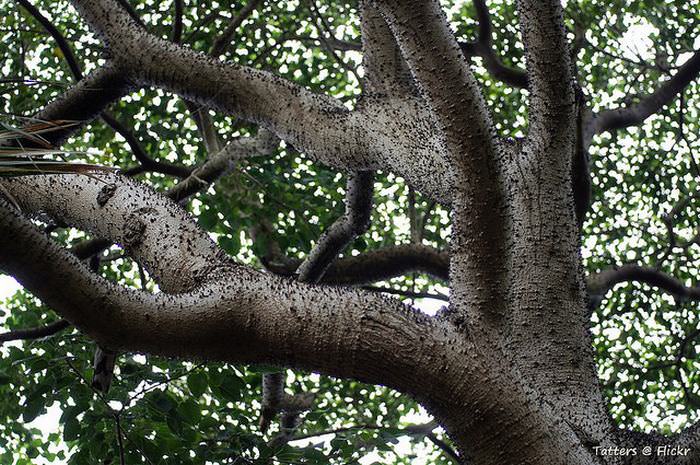 |
| Source: Tatters / Flickr |
|
Trees may look quiet and harmless, but certain trees have some vicious abilities. One tree named the Sandbox tree is able to grow a trunk up to 30 meters (100 ft) tall, covered with closely-packed thorns and has poison stored in its bark, seeds, and leaves, creating a hazard for any unwelcome visitor. And this is not all - when this tree sheds its seeds, it does it in a merciless manner, shooting them from the trunk like bullets at a deadly 240 kilometers per hour (150 mph), up to 40 meters away. So wherever you may be, you might want to stay away from the dangerous Sandbox tree. |
2. They hire bodyguards |
 |
|
Despite their lack of movement and self-defense capabilities, trees are still the masters of survival. Since they can't defend themselves, they can adopt a smart hiring system to guard themselves from predators. Some trees encourage co-operation with hostile ants, which they recruit as bodyguards. While the tree provides these ants with shelter and special food that keeps other predatory bugs away from them, trees receive some protection from the ants in return. In fact, these ants shield the tree by attacking anything that might turn out to be harmful for it, a useful substitute for the tree's inability to shoo them away themselves. |
3. They are indestructible |
 |
|
Deforestation is one of the biggest environmental problems we have today, but trees have shown strong resistance to it. It has been discovered that certain trees are able to resist death after being chopped down. Even when all that's left of them is just a stump, these remarkable trees, particularly the ones living in tropical forests, are capable of drawing in nitrogen and carbon from the air and fertilizing their surrounding area, in order to help themselves recover from the logging. The ability to breathe in nitrogen is present in certain trees, enabling them to switch it on or off according to their needs. |
4. They have healing powers |
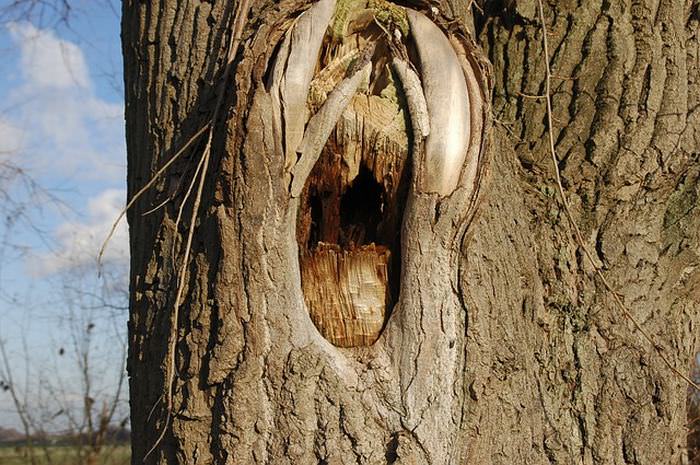 |
|
Like humans and animals, trees can also deal with the damage done to them naturally, although they, of course, use a method of their own. Part of the physical recovery process undergone by trees involves the abandonment of the damaged parts. This both blocks off any parasites that would be interested in attacking it, and also restores the trees energy, which could have easily been lost during healing, and use it to grow new parts of the tree instead. If the damage is too great, the tree will probably not make it through because rot and disease will kill it off, but when they don't, the tree can successfully complete a process that oxidizes the 'wound'. |
5. They can survive bush fires |
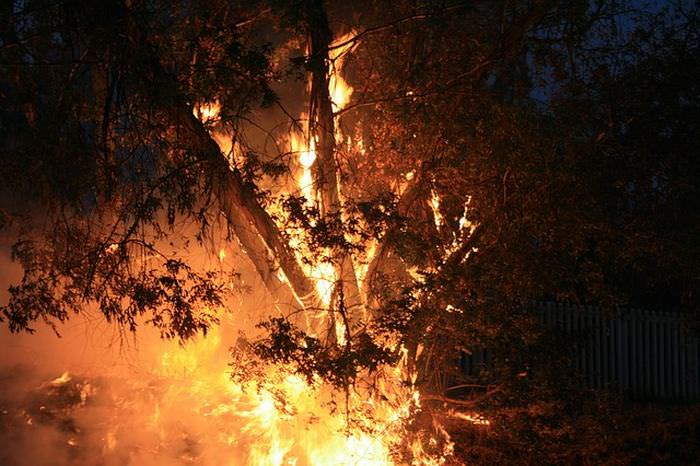 |
|
Eucalyptus trees have unusual arsonist abilities, which give them their nickname: "gasoline trees". When there's a bush fire, these trees give a strong contribution to its spread, because of the extremely flammable oil they produce naturally. What's surprising is that despite the uncontrollable disaster they can cause in just a few minutes, the young eucalyptus trees still thrive without any problems, completely surviving the fire. |
6. They exhibit anger |
 |
|
We're all well-aware that trees and plants don't show emotions. But recently, French scientists have been following the sounds trees make when they experience drought stress, and found some interesting discoveries. These sounds are produced by the trees' tubes called xylem, which suck in the water and increase in pressure depending on the amount of water flow and air bubbles that form as a result. The sound varies depending on this situation, and this a phenomenon that is now called "cavitations". |
7. They have molecular memory |
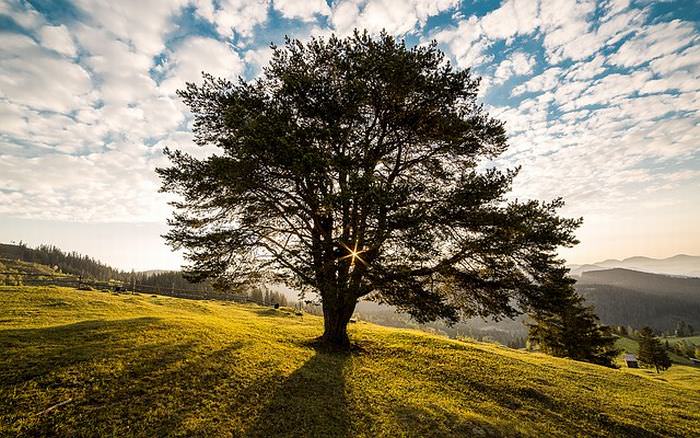 |
|
After an experiment carried out by researchers, it was discovered that trees present a hint of memory at a molecular level. This experiment involved the use of different stem cuttings from poplars, which came from two different nurseries but had the same genes. They carried out an identical experiment on both of them, with the results of their reactions suggesting that they could "remember" where they came from. |
8. They communicate with each other |
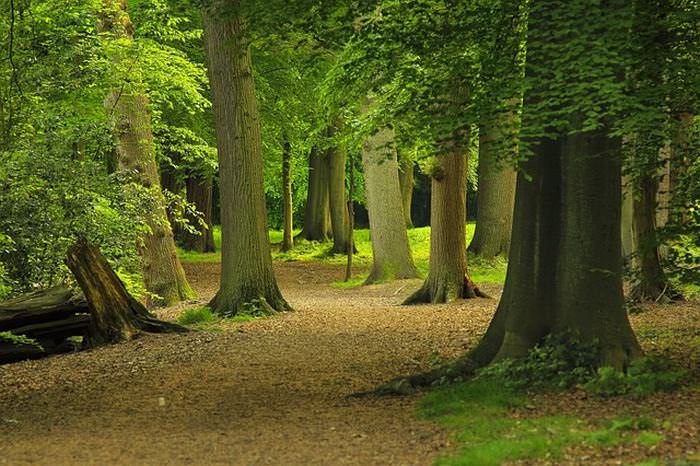 |
|
As far as we know, trees do not communicate with one another, but there might be something in their behavior that suggests they do. Apparently, the communication between trees happens via their roots. It has been found that forest trees have shared resources with each other by making use of the symbiotic fungi, by which they swap resources like water and carbon, or feed their seedlings with the nutrients they require for survival. This specialization is mostly used by special "mother trees", which feed vital nutrients to surrounding foliage. This continues to strengthen the trees' magnificent ability for survival. |
9. They can be immortal |
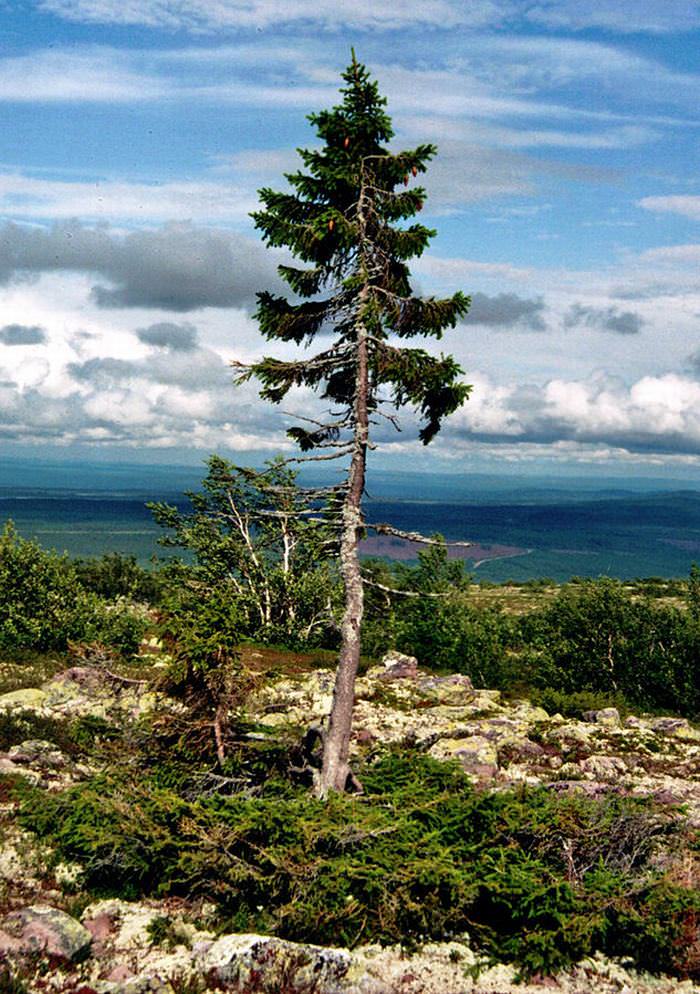 |
| Source: Karl Brodowsky |
|
Sweden is home to the oldest living tree, which is said to have been living since the last ice age - giving it an age of 9,550 years. It's a conifer tree, and because it's so old, yet only about 4 meters tall, it might not look very impressive, as you can see in the photo. However, this poor old tree has some unbelievable, bizarre magic going on every time its trunk dies. It was discovered that this tree has amazing cloning abilities, by which a new trunk grows from the root of this occurrence, providing it with a very special sort of longevity. |
10. They commit suicide |
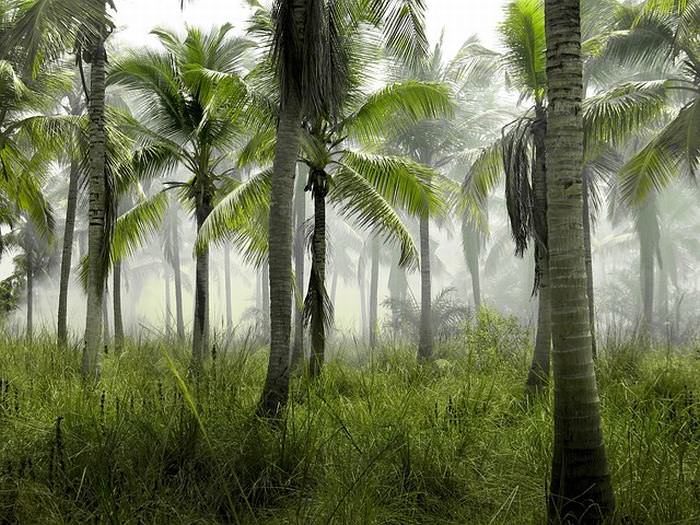 |
|
The story behind Madagascar's newly discovered palm tree is a sad one indeed. It is a tree found in the Analalava district and can grow up to 18 meters (16 ft) high, and 5 meters wide. Because this tree wastes so much energy attempting to attract pollinators, which helps it to procreate, these trees die soon after they produce their fruit. The cause of this could well be its numerous blooms that produce prolific amounts of nectar, essential for attracting pollinators. This lends the potential for all the flowers to be fertilized, resulting in large quantities of fruit, which are almost too much for the tree to handle. It's at this point that the palm tree will sacrifice itself for the next generation. |
H/T; Listverse.com